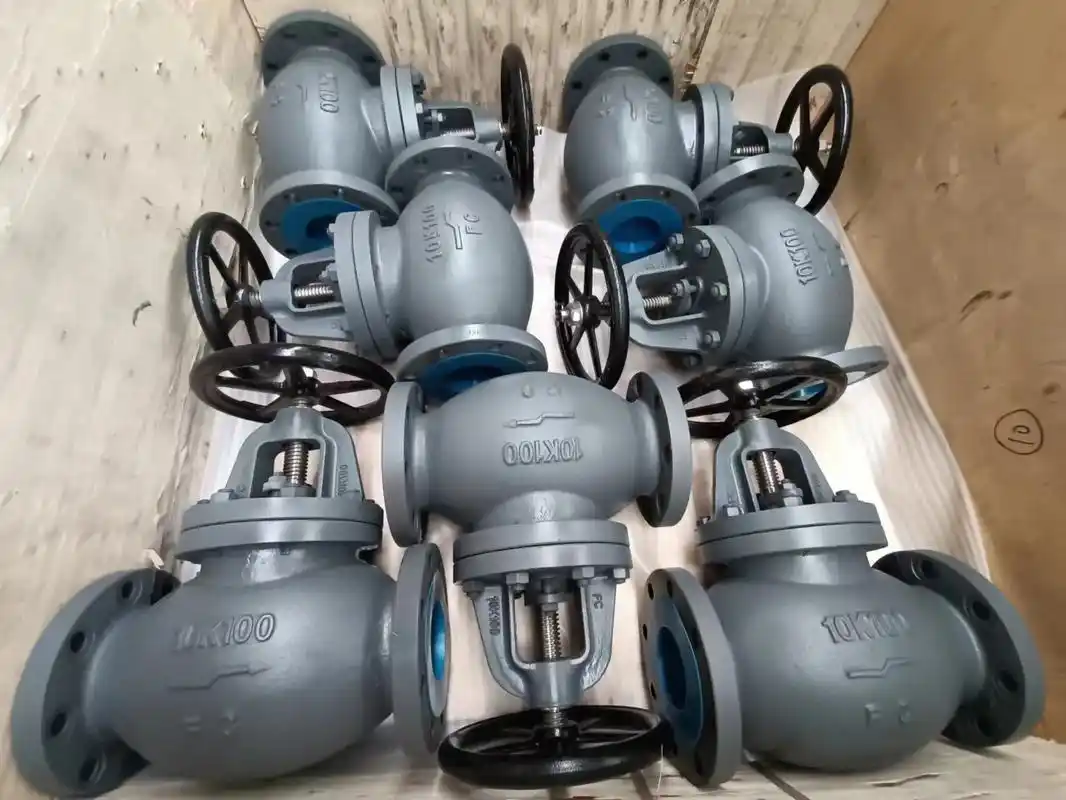|
Industrial Valves: Essential Components for Modern IndustriesBiogas valves are specialized control devices used in biogas systems. Their primary functions include regulating gas flow, maintaining stable system pressure, and preventing gas leaks. Biogas is a renewable energy source produced by the anaerobic digestion of organic waste materials such as agricultural residues, food waste, and animal manure. It is widely used for power generation, heating, and cooking. To ensure the safe and efficient operation of a biogas system, selecting the right type of valve is essential. Types of Biogas Valves Depending on the application and functional requirements, biogas valves can be categorized into the following types: 1. Check Valve A check valve prevents the backflow of biogas, protecting the digester and other equipment from contamination or damage caused by reverse gas flow. 2. Pressure Reducing Valve Biogas is generated under pressure during the fermentation process, but certain end-use appliances—such as stoves or generators—require a specific, lower input pressure. A pressure-reducing valve lowers high-pressure biogas to the desired level and maintains consistent pressure. 3. Safety Relief Valve This valve protects the system from overpressure. When the internal pressure exceeds a set limit, the safety valve automatically releases excess gas to prevent system failure or explosion. 4. Flow Control Valve A flow control valve allows users to adjust the speed and volume of gas flow, helping to optimize energy efficiency and usage.
How to Choose the Right Biogas Valve When selecting biogas valves, consider the following key factors: 1. Material Biogas may contain corrosive components like hydrogen sulfide. Therefore, valves should be made from corrosion-resistant materials such as stainless steel, cast iron, or specialized plastics to ensure longevity. 2. Operating Pressure Range Different biogas systems operate at varying pressure levels. Small household digesters usually require low-pressure valves, while large-scale industrial systems may need high-pressure-rated valves. 3. Sealing Performance High-quality sealing ensures minimal gas leakage, enhancing both safety and energy efficiency. 4. Environmental Suitability Choose valves with appropriate protection ratings (IP rating) and explosion-proof standards based on the installation environment and local climate conditions. Installation Tips for Biogas Valves Proper installation of biogas valves is crucial for system performance. Here are some key steps: Location Selection: Install the valve in an accessible location away from heat sources or open flames. Direction Check: Ensure that the flow direction indicated on the valve matches the actual gas flow direction, especially for check valves. Sealing Connections: Use suitable gaskets or sealant to prevent gas leakage at connection points. Pressure Testing: Conduct a pressure test after installation to confirm there are no leaks in the valve or piping connections. Maintenance and Care of Biogas Valves Regular maintenance extends the life of biogas valves and ensures system reliability. Consider the following best practices: Routine Inspection: Inspect the valves monthly for signs of leakage or blockage. Clean Filters: If the valve includes a filter, clean it regularly to remove impurities that could obstruct gas flow. Lubricate Moving Parts: Apply lubricant periodically to moving parts to maintain smooth operation. Replace Worn Components: Replace seals, springs, or other worn-out parts promptly to avoid system failures. Conclusion Biogas valves play a vital role in ensuring the safety, efficiency, and longevity of biogas systems. By selecting the appropriate valve type, installing it correctly, and performing regular maintenance, you can significantly enhance system performance. Whether you're managing a small home biogas unit or a large industrial plant, understanding biogas valve technology will help you make the most of this sustainable energy resource. |

